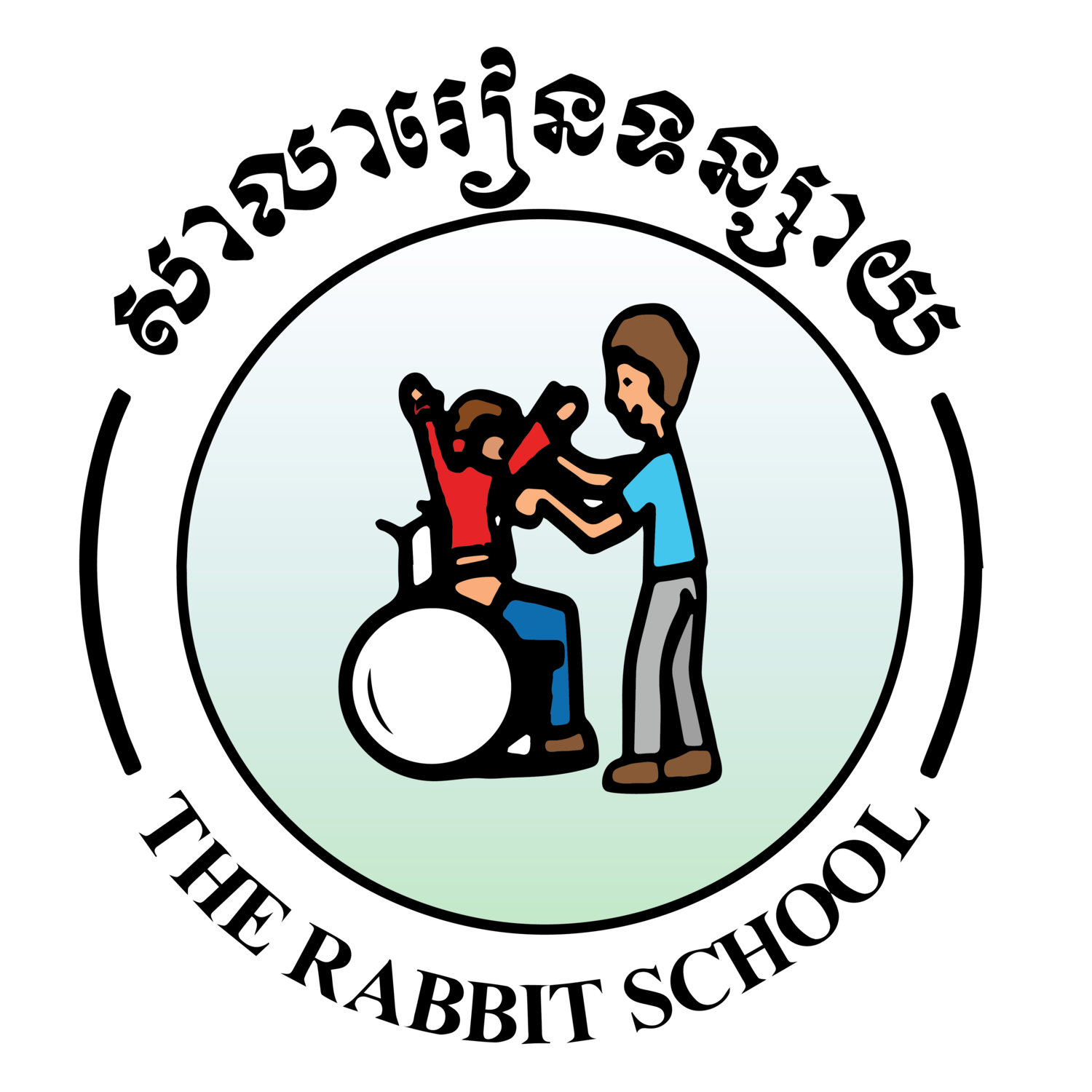Disability exists on a continuum. It ranges from mild to profound. The World Health Organisation (2000) uses four categories
A mental age of approximately 9-11 years.
A mental age of 6-8 years.
A mental age of 3-5 years.
A mental age of below 3 years. (Grossman, 1983).
Broadly speaking below are characteristics you may find in children with different levels of disability. This is not an exhaustive list. Every child is different.
Mild / moderate
A large proportion of people with disability have mild to moderate difficulties. They may show some of these characteristics:
Physical skills are often less affected, they have the ability to use all (or most of) their limbs.
With adult support and repetition they can access academic tasks and learn new things
Have an understanding of daily activities and the world around them. Some students may need more support with understanding this than others.
Some support and prompting may be required for daily living activities
Can lead functionally independent practical lives as an adult.
Severe/ Profound
Some students have a more severe disability, generally, these students find it harder to understand the world, activities and daily routines around them. They may also find it hard to communicate a message or basic need to other adults and children. They may show some of these characteristics:
Physical impairments common. They may have limited use of some or all four of their limbs.
Accessing/understanding academic tasks and learning new things can be difficult
High levels of support needed for daily living activities
Likely to need ongoing support for activities of daily living as an adult.
May have difficulty speaking and communicating a message. Some may be non verbal (unable to speak).

